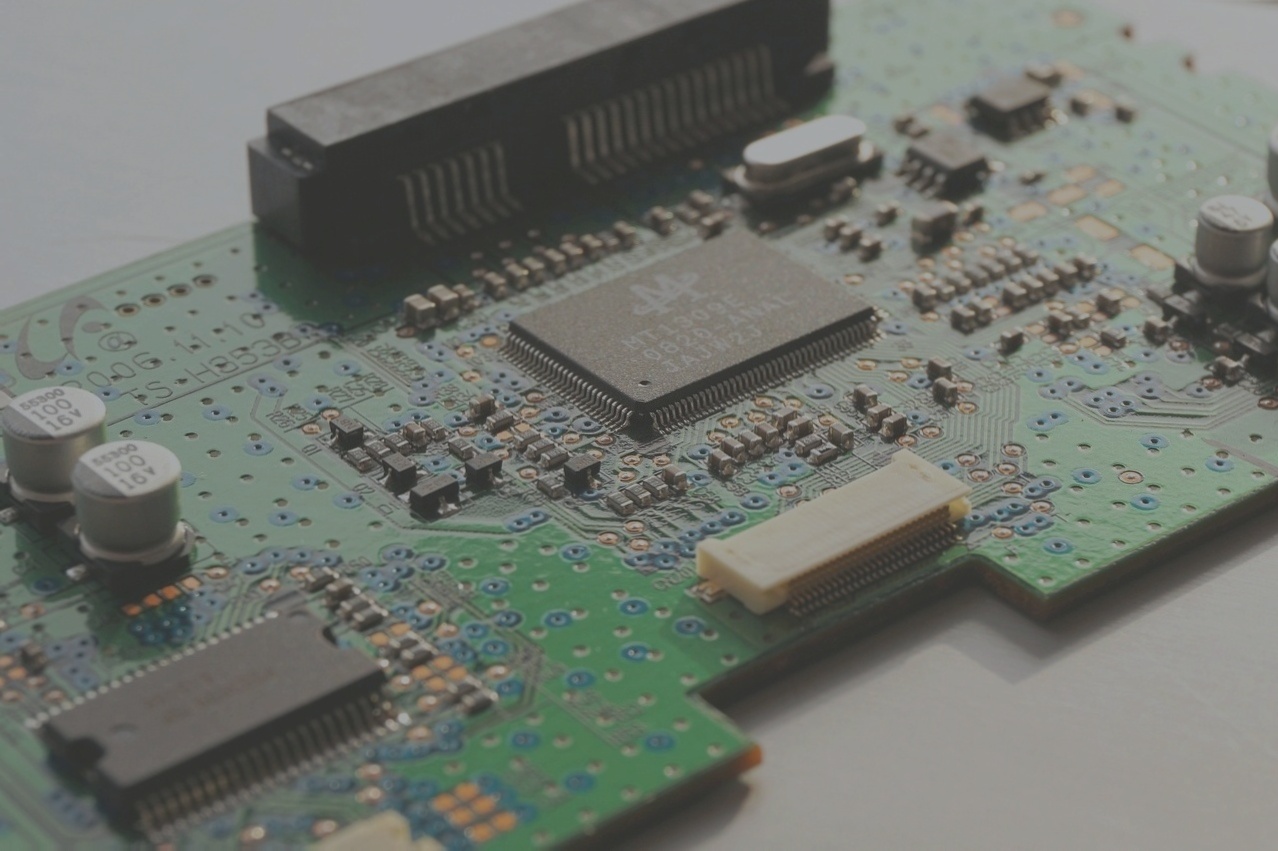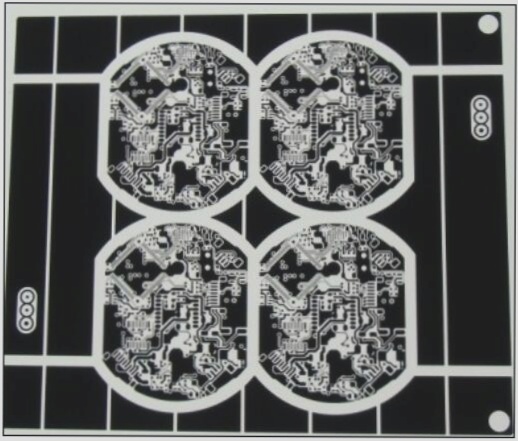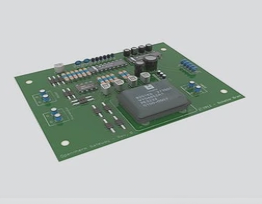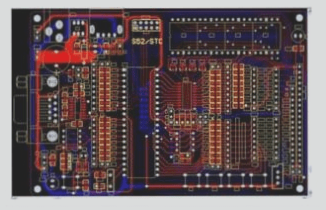Understanding the Cost Factors of Stencils in PCB Manufacturing
Stencils are essential in Surface Mount Technology (SMT) for applying solder paste to printed circuit boards (PCBs). Conducting a detailed cost analysis can provide valuable insights for manufacturers seeking to optimize production processes.
Factors Affecting Stencil Costs
- Material Choice: Stainless steel stencils are cost-effective for small runs, while nickel stencils are ideal for high-volume production.
- Stencil Design: Custom stencils tailored to PCB layouts are pricier than off-the-shelf options due to precision requirements.
- Manufacturing Process: Advanced techniques like laser cutting and electroforming offer accuracy but increase fabrication costs.
- Operational Costs: Regular cleaning and maintenance are essential for optimal stencil performance.
Cost-Effective Strategies for Stencil Management
- Optimized Design: Use stencils with optimized aperture sizes and fewer layers to reduce production costs.
- Life Management Program: Track stencil wear for timely cleaning or replacement to maximize usage.
- Pooling/Sharing: Share stencils between production lines to distribute costs effectively.
Types of Stencils
There are various stencil types with different costs and applications:
- Laser-Cut Stencils: Known for precision but come at a higher cost due to advanced technology.
- Electroformed Stencils: Durable nickel stencils ideal for capturing fine details, albeit at a premium price.
Understanding stencil costs and implementing cost-effective strategies is crucial for manufacturers to enhance production efficiency and profitability.

Hybrid Stencils in SMT Manufacturing
- Combining laser-cut and electroformed features, hybrid stencils offer a cost-effective and versatile option for manufacturers.
- Understanding stencil types is crucial for choosing the right one, impacting manufacturing cost-effectiveness.
- Initial stencil cost varies based on material, method, and size, ranging from $150 to over $1,000.
- Stencils’ reusability and lifespan depend on paste, cleaning, and maintenance, affecting long-term costs.
- Production downtime due to stencil issues can increase labor costs, emphasizing the need for quality stencils.
- Skilled labor, training, and effective inventory management are essential for cost control.
Conclusion
Choosing the right stencil, maintaining it well, and managing costs effectively are key to improving production efficiency and cost-effectiveness in SMT manufacturing.
Selecting the Right Stencil
- For precision, laser-cut stencils are preferred, while electroformed stencils suit high-volume production.
- Regular maintenance, including cleaning and proper handling, extends stencil lifespan and reduces replacement costs.
- Building strong relationships with suppliers can lead to cost savings and optimized stencil usage.
Conclusion
By choosing the appropriate stencil, maintaining it well, and collaborating with suppliers, companies can enhance production quality and cost efficiency in SMT manufacturing.
Cost Analysis of Stencils in SMT Manufacturing
The Importance of Stencil Cost Analysis in SMT Manufacturing
The cost analysis of stencils in Surface Mount Technology (SMT) manufacturing is crucial for controlling expenses and enhancing productivity. Manufacturers must consider various factors to make informed decisions that impact operational costs.
Types and Costs of Stencils
- Stainless steel stencils are durable and precise but come with a higher initial cost compared to nickel or plastic stencils.
- Choosing the right stencil type affects upfront investment, maintenance, and replacement expenses.
Effective Management Strategies
- Regular maintenance, cleaning, and inspection can prolong stencil life and ensure consistent printing quality.
- Proper storage and handling practices help prevent damage and reduce the need for frequent replacements.
Impact on Productivity and Profitability
- High-quality stencils and proper maintenance enhance manufacturing efficiency by reducing downtime and improving solder paste application accuracy.
- Minimized defects lead to higher throughput and better yield rates, ultimately increasing profitability.
Staying Informed in an Evolving Industry
- Keeping abreast of stencil technology advancements and cost management practices is essential in the evolving SMT industry.
- Innovations in materials, design, and automation can lower costs and boost performance, giving manufacturers a competitive edge.
Conclusion
Comprehensive knowledge of stencil types, costs, and maintenance strategies is vital for optimizing expenses and productivity in SMT manufacturing. Investing in quality stencils and implementing effective management techniques can lead to operational efficiency and long-term profitability. Continuous learning and adaptation to new technologies are key to success in the competitive SMT market.



